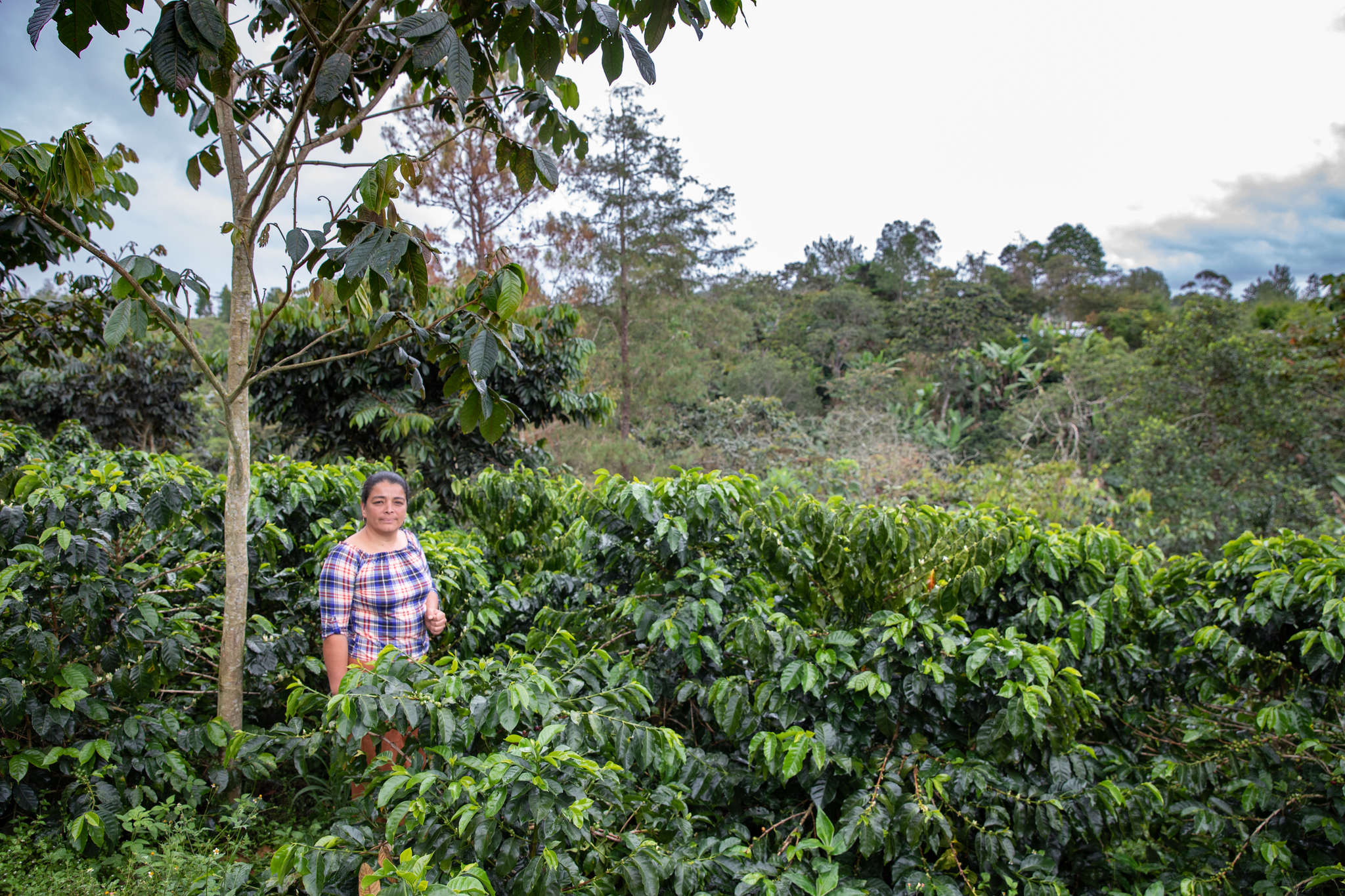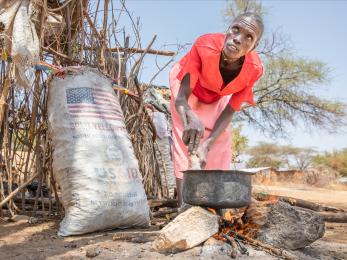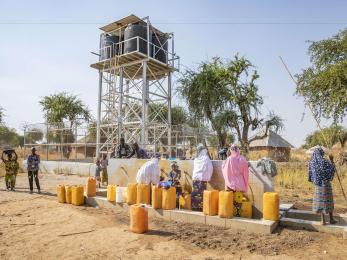Scroll and share: The role of social media on conflicts
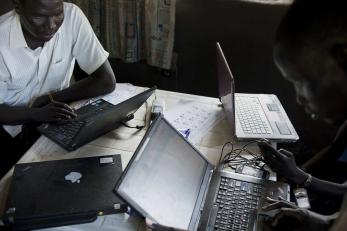
From Facebook and TikTok to WhatsApp and WeChat, billions of people log onto social media everyday to scroll neverending news feeds and connect with online communities around the world. According to Our World in Data, it is estimated that one in three people worldwide use social media—more than 2.3 billion people. The use of social media for manipulation is increasingly common, as we are seeing now in Ukraine. From disinformation campaigns, to rumours over transit options, to hate speech around different groups, social media is leading to distrust, information overload as well as critical gaps, and confusion over news and information. To better understand and address the threats and opportunities surrounding social media in conflict-affected environments, Mercy Corps undertook research across four countries—Ethiopia, Iraq, Myanmar, and Nigeria.
“Social media use has increased a lot during the pandemic, because everyone is staying home,” said a research participant in Myanmar at the beginning of the COVID‑19 pandemic. “And we have witnessed an explosion in online propaganda, hate speech, and rumours.” In Myanmar, fears associated with the pandemic appear to have driven social media attacks on minority groups, including Muslims and Christians.
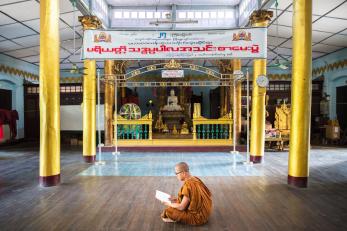
Social media is transforming how, when, and whether conflicts manifest. In addition to being a communication tool, social media is capable of mobilising and shaping users’ values. Ethnic and sectarian tensions appear particularly susceptible to the weaponisation of social media. Social media rewards identification and connection within a group, but this can be at the expense of intergroup cohesion. Across our research, we found that influencers and political actors on online platforms routinely fueled tensions between ethnic and sectarian identities. For example, political actors in Iraq and Myanmar undermined public trust and exacerbated existing conflicts by blaming the spread of COVID‑19 on outsiders or the government. Periods of heightened fear and despair, diminished faith in the government, and increased social media screen time facilitate online rumours and intercommunal scapegoating.
“If people trust the messenger, they trust the message,” said an Ethiopian research participant. “People never actually bother to check the veracity of the story.” Online “influencers”—including online diaspora communities, government officials, politicians and political parties, religious leaders, and online activists—can mobilise audiences to promote social cohesion or sow division. The dangers associated with the use of social media as a weapon are particularly pronounced during “windows of risk,” a period of heightened danger during conflict. This is a time where influencers can potentially escalate tensions.
False or inflammatory narratives that become popular online may travel by word of mouth so that social media threats are not restricted to social media users. A participant from a rural Nigerian community pointed out how social media shapes what information gets shared off the internet. “The radio stations just pick up and repeat the stories on Facebook,” he said. Comprehensive peacebuilding initiatives must therefore incorporate a digital lens. Our research assesses how online interactions can lead to conflicts and how to prevent harm from spilling into offline violence.
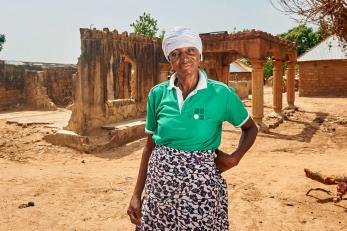
Based on our case studies, we found that online and offline community leaders are important to counter digital threats, particularly disinformation and hate speech, by countering false narratives in real time, flagging inflammatory content for removal by social media companies, and providing non-partisan online spaces for intercommunal engagement. For instance, Ethiopia Check monitors and fact checks social media posts in real time and shares tips for identifying false information. The Nigerian Press Council trains journalists to identify fake stories and verify sources before publication in order to promote journalistic integrity. Female participants in Iraq described how online discussion boards and marketplaces provide space for peaceful interactions critical to social cohesion.
Social media does not solely divide. The ease and speed of communications through social media platforms can promote peace-building by forging connections between communities and improving awareness about conflict prevention. By incorporating a digital approach to traditional peacekeeping methods, like inclusive governance and non-violent conflict resolution—social media platforms can help build stronger communities and help spread peace.
Read the full report and research findings: “Social Media and Conflict: Understanding Risks and Resilience.”

